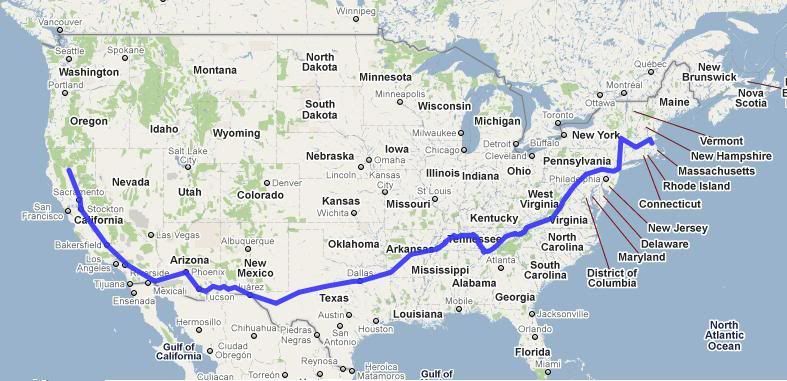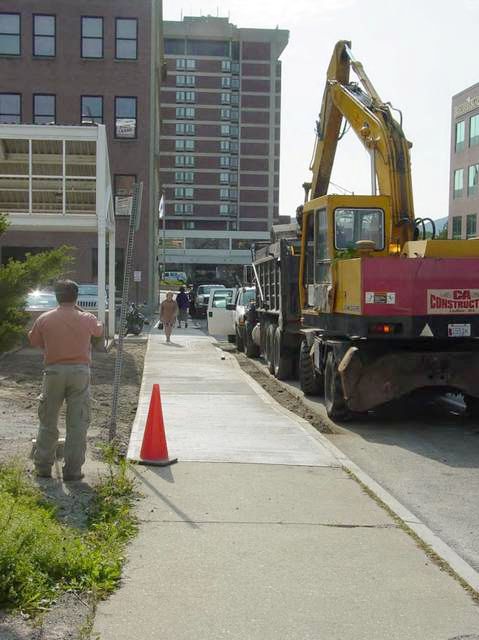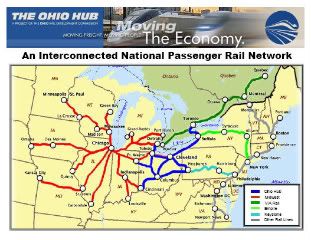 Betwixt and Between, I find myself. I observe the validity of D00m.P0rn shrill warnings about the future … when seen as possible outcomes rather than when seen as certainties. Yet I also see the potential for better outcomes.
Betwixt and Between, I find myself. I observe the validity of D00m.P0rn shrill warnings about the future … when seen as possible outcomes rather than when seen as certainties. Yet I also see the potential for better outcomes.
And with respect to the strategy of sitting on the sidelines, weighing the likelihood of one versus the other … I’m against it. Simply the decision to sit on the sidelines makes the calamity more likely as a result. So I am for getting into the fray and trying to make the calamity less likely and the hopeful outcome more likely.
The Calamity Cavalcade
As far as potential calamities, we do not have to look far for those.
We are on track to have a higher concentration of CO2 in the atmosphere than at any other time in the Holocene. We are engaged in this experiments with absolutely no serious evidence to suggest that it is known to be safe. Indeed, those benefiting in the short term from the reckless experiment will even try to reverse the sane burden of proof and place it on those who do not approve of undertaking the reckless experiment.
The argument being, in essence, that if you are driving through a thick fog, then as long as you don’t see any cars coming, its OK to speed.
And of course, before the peril of climate chaos came to our attention, there was already the risk of ecosystem collapse hanging over our head, as more and more populations on the planet rely on an industrial technology that is quite clearly ecologically unsustainable and therefore certain to collapse sooner or later, unless we restructure our technological base to approach sustainability faster than we approach ecosystem collapse.
And then of course, even before the risk of ecosystem collapse was widely understood, the threat of nuclear holocaust.
Flood, Nuclear fire followed by Nuclear Winter, Famine and Plague … and all three involved in or certainly leading to War … surely rather than Four Horsemen of the Apocalypse, there is a whole Cavalry Unit.
Against that backdrop, it may seem provincial to worry about a mere collapse of a single national economy from first world to banana republic status, but that is the specific calamity that I am focusing on here.
 (Right: Liberty Line) The Steel Interstate proposal is an effort to build Rapid Electric Freight Rail Tollways across the country ~ east to west and north to south ~ to:
(Right: Liberty Line) The Steel Interstate proposal is an effort to build Rapid Electric Freight Rail Tollways across the country ~ east to west and north to south ~ to: 

 This last week, I have been staring at The Transport Politic post,
This last week, I have been staring at The Transport Politic post,  There was recently a fight over the 3C starter line for Ohio’s High Speed Rail system, which Governor Strickland won … and
There was recently a fight over the 3C starter line for Ohio’s High Speed Rail system, which Governor Strickland won … and  Betwixt and Between, I find myself. I observe the validity of D00m.P0rn shrill warnings about the future … when seen as possible outcomes rather than when seen as certainties. Yet I also see the potential for better outcomes.
Betwixt and Between, I find myself. I observe the validity of D00m.P0rn shrill warnings about the future … when seen as possible outcomes rather than when seen as certainties. Yet I also see the potential for better outcomes.
 So leverage is the central problem … or rather, the central problems:
So leverage is the central problem … or rather, the central problems: OK, so, to make an egregiously long story merely excessively long, a very strange thing happened on the road to the Stimulus Package. As
OK, so, to make an egregiously long story merely excessively long, a very strange thing happened on the road to the Stimulus Package. As  For the last eight years, development of Energy Independent transport has been faced with a dog-in-the-manger administration fighting furiously to move forward into Cartopian vision of endless crude oil fueling endless road works so people can drive endless hours to actually get wherever they need to go to do whatever it is they need to do.
For the last eight years, development of Energy Independent transport has been faced with a dog-in-the-manger administration fighting furiously to move forward into Cartopian vision of endless crude oil fueling endless road works so people can drive endless hours to actually get wherever they need to go to do whatever it is they need to do. Excerpted from
Excerpted from  Its not exclusionary. If someone is willing to step forward on an important issue … even someone who is not going to be a partner in the change coalition … even a moderate conservative like Colin Powell who was and continues to be wrong on one of the central foreign policy decisions in our nation in our time … accept it.
Its not exclusionary. If someone is willing to step forward on an important issue … even someone who is not going to be a partner in the change coalition … even a moderate conservative like Colin Powell who was and continues to be wrong on one of the central foreign policy decisions in our nation in our time … accept it.